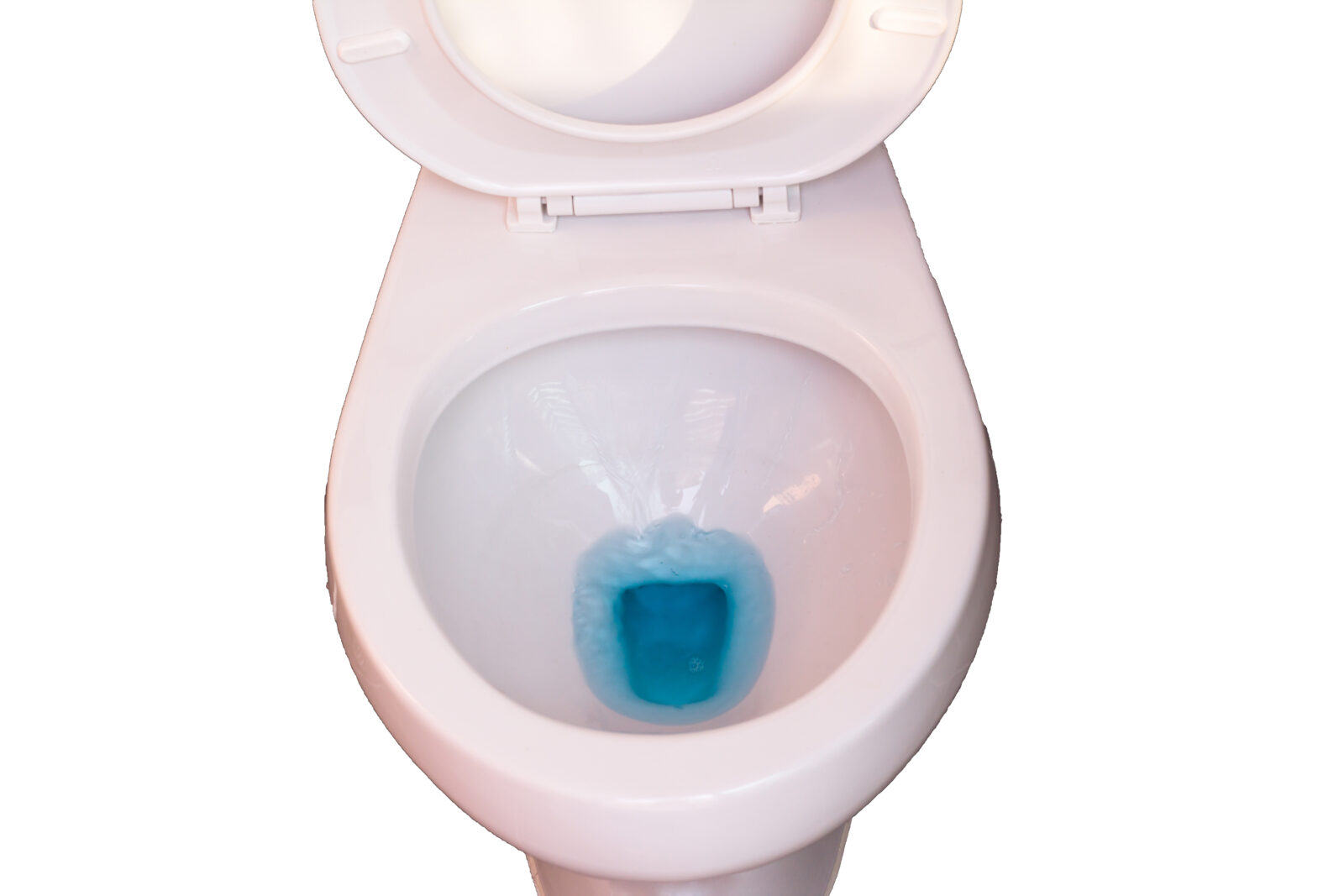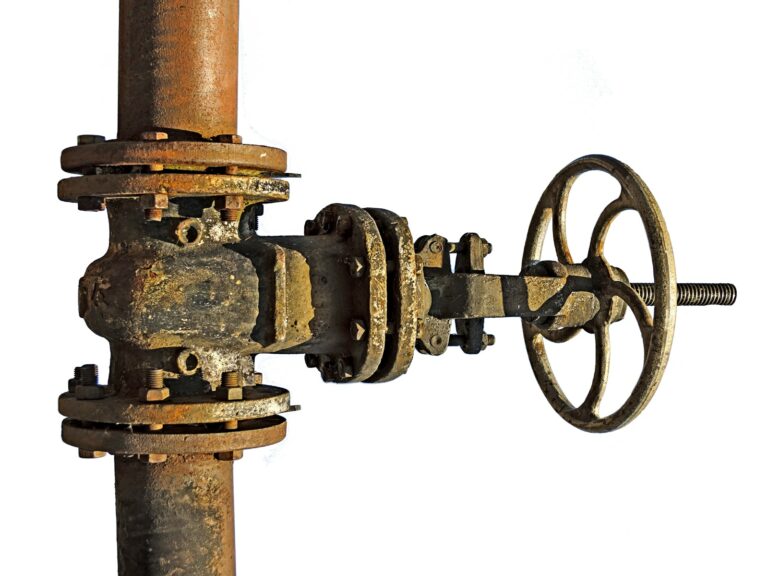Conserving water at home is crucial for both environmental sustainability, reducing your water bill, and a way to shrink your water footprint . If you reside in NYC, read a guide to understanding your water bill. This extensive collection of tips may help you to better understand the cost implications of wasting water. It’s also very helpful to know the best ways to save water if you are a homeowner, a building owner, or a building manager.
The Best 12 Ways To Save Water If You Are A Property Owner
1. Install Water-Efficient Plumbing Fixtures: Replace old faucets, shower heads, and toilets with water-efficient models. Look for fixtures with the United States EPA WaterSense label. Installing plumbing fixtures with a WaterSense label is a great way for you to ensure and guarantee water usage efficiency.
2. Install shower and sink faucet aerators: The easiest and least expensive way to save vast amounts of water is by installing aerators and all of your sinks and shower heads. Sink aerators (faucet aerators) cost less than $10.00 in most cases and make the water feel like it has increased pressure, even though there is less water being used. This effect an aerator has on water pressure is known as Bernoulli’s’ principle.

3. Fix Internal and External Water Leaks Promptly: Regularly check for and repair leaks in faucets, toilets, and pipes. When you have a dripping faucet or silent toilet leak, it can waste significant amounts of water. As a matter of fact, a running toilet can cost $100.00 a month, that’s $1,200.00 a year added to your water bill. Repairing a running toilet and dripping sink are key ways to save water in the bathroom. If you need tips on how to do a temporary repair on a water line, read A Temporary Pipe Leak Repair Guide.
On the other hand, underground water leaks outside of your home are usually leaking on the street side of your water meter. Therefore, even though they result in a great waste of water, you do not get charged because the water is leaking before it passes through your water meter. Needless to say, these leaks need prompt attention regardless, and usually a specialized underground water service line repair company is your best choice.

4. Upgrade Your Appliances that Consume Water: Invest in energy-efficient and water-saving appliances like dishwashers and washing machines. Newer models of household appliances typically are designed to use less water per cycle than older models.
5. Optimize Your Water-Use Habits: Adjust your daily water use habits. Seemingly little things, such as turning off the tap while brushing teeth or shaving, taking shorter showers, and only running the dishwasher or washing machine when full, are great ways to save water.
6. Collect Rainwater for Reuse: Installing a rain barrel to collect rainwater for outdoor use, such as for watering plants or washing your car, is another eyas way to save water. In some cases, you can install a rain barrel directly under a roof rain leader to conserve water for future use.
7. Install a Water Well: Depending on the groundwater level and the quality of the groundwater in your area, installing a water well can be one of the great ways to save water. Of course, in many rural areas folks already get their potable water from a well. But even in areas where potable water is readily available from a public water main, installing a well is a great idea. Besides the actual cost of installation, the water used is free of charge.
Well water can be used for watering landscaping, washing cars, etc. Before you install a well, check with local codes for how and where a well is allowed to be installed. It’s also a good idea to seek an experienced water well installer. An improper water well installation will not function properly or may provide tainted and foul water.
8. Use Mulch and Xeriscaping: Landscaping mulch serves the purpose of helping the soil retain moisture, and reducing the need for excessive watering. While Xeriscaping landscapes use drought-resistant plants, which minimizes water usage and still properly maintains landscaping.
9. Install Smart Irrigation Systems: Modern irrigation systems use smart controllers or drip irrigation systems. These systems target specific areas and adjust watering schedules based on weather conditions and each plant’s needs.
10. Greywater Recycling for Reuse: You can consider recycling greywater (from sinks, showers, and laundry) for non-potable purposes like irrigation or toilet flushing (where local regulations allow). This will require the advice of a knowledgeable plumber, and a plumber who is familiar with your local plumbing code concerning water reuse.
In many parts of the world greywater water recycling has been in place for quite a long while. As a matter of fact, greywater reuse occurs locally on a routine basis for car washes and golf courses.
11. Insulate Heating and Hot Water Pipes: If you properly insulate exposed heating and hot water pipes it reduces the time needed to get the hot water water or heat to the desired location. This reduces the amount of wasted water, and energy usage as well. Of course, when exposed to subfreezing weather, it also reduces the chance of frozen or burst pipes.
12. Educate All of Your Family Members About Ways To Save Water: If you raise awareness among family members about the importance of water conservation, and ways to save water, and encourage everyone to actively participate in saving water you’ll have a greater success rate. Using water wisely and conserving usage is a team effort, and cannot be accomplished by one person alone.
A Closing Point About Ways To Save Water
By combining many of the 12 methods noted above, and adopting water-saving practices, homeowners can significantly reduce their water consumption, contribute to a more sustainable environment, and save money on their water bill as well. In addition, many of these tips will also result in less energy usage inside your home or building.





